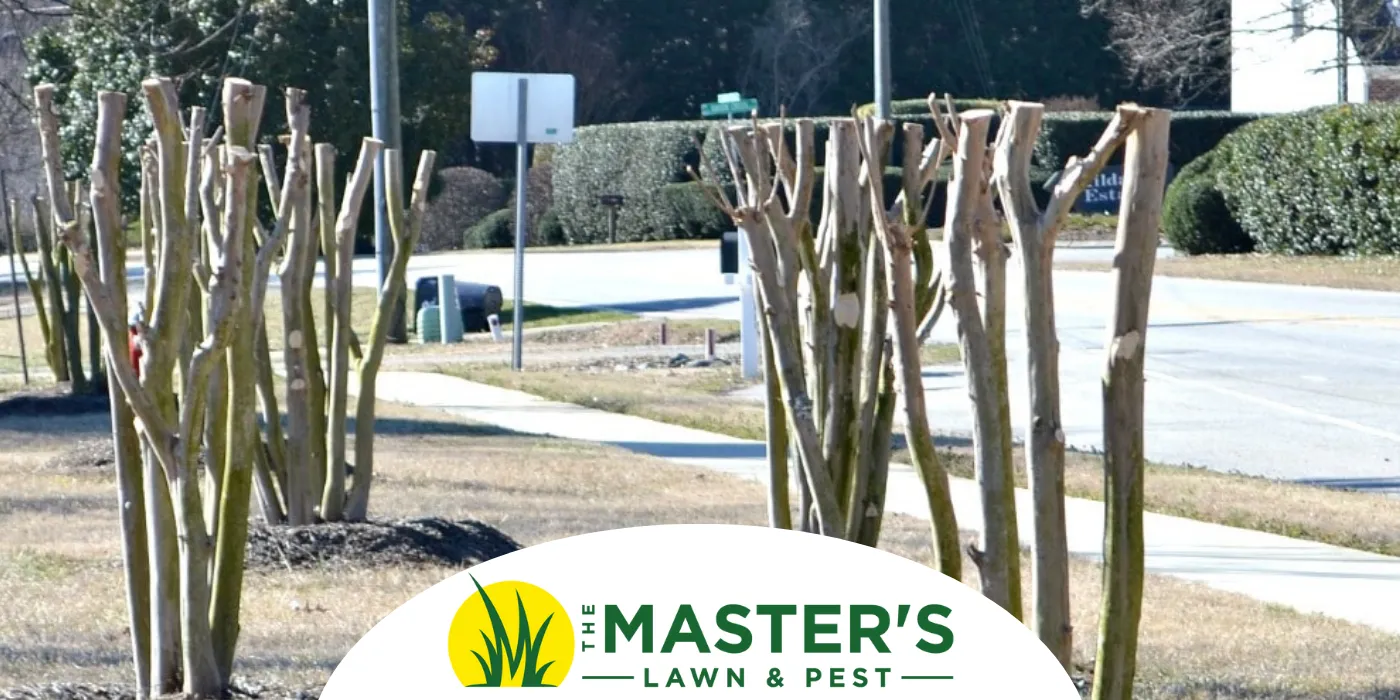Crape myrtles are a staple in many Southern landscapes, known for their vibrant blooms and elegant bark. However, improper pruning can diminish their beauty and health. Follow these do’s and don’ts to ensure your crape myrtles thrive year after year.
Do’s:
-
Prune in Late Winter: The best time to prune crape myrtles is during late winter, while the plant is dormant. This minimizes stress on the tree and encourages healthy growth in spring.
-
Focus on Shape and Structure: Remove dead, diseased, or crossing branches to enhance the tree’s natural shape and improve air circulation. Aim to create an open canopy for better light penetration.
-
Use the Right Tools: Sharp, clean tools make precise cuts and reduce the risk of spreading disease. For thicker branches, use loppers or a pruning saw.
-
Know Your Variety: Different crape myrtle varieties grow to various heights. Prune with the mature size of your tree in mind to avoid excessive cutting.
Don’ts:
-
Avoid “Crape Murder”: This term refers to the severe topping of crape myrtles, which damages their natural form and leads to unsightly growth. Instead, selectively prune to maintain the tree’s graceful shape.
-
Don’t Remove Too Much: Over-pruning can weaken the tree, resulting in fewer blooms and more susceptibility to pests and disease. Remove no more than one-third of the tree’s branches in a single season.
-
Skip the Flush Cuts: Cutting too close to the trunk or leaving stubs can harm the tree and invite disease. Always prune just outside the branch collar.
-
Don’t Prune During Active Growth: Avoid pruning in spring or summer when the tree is actively growing. This can interfere with flowering and sap flow.
By following these simple guidelines, your crape myrtles will reward you with stunning blooms and robust health year after year. Remember, a little care goes a long way in maintaining the natural beauty of these iconic trees!


